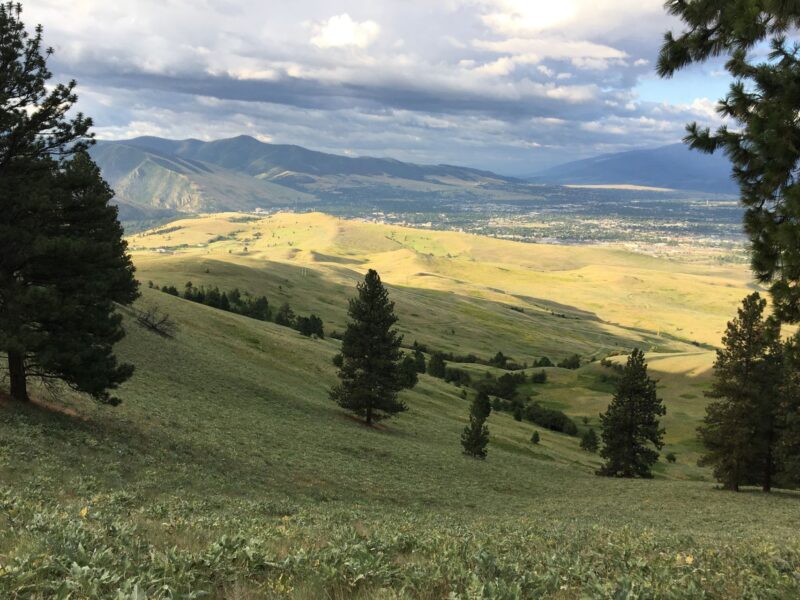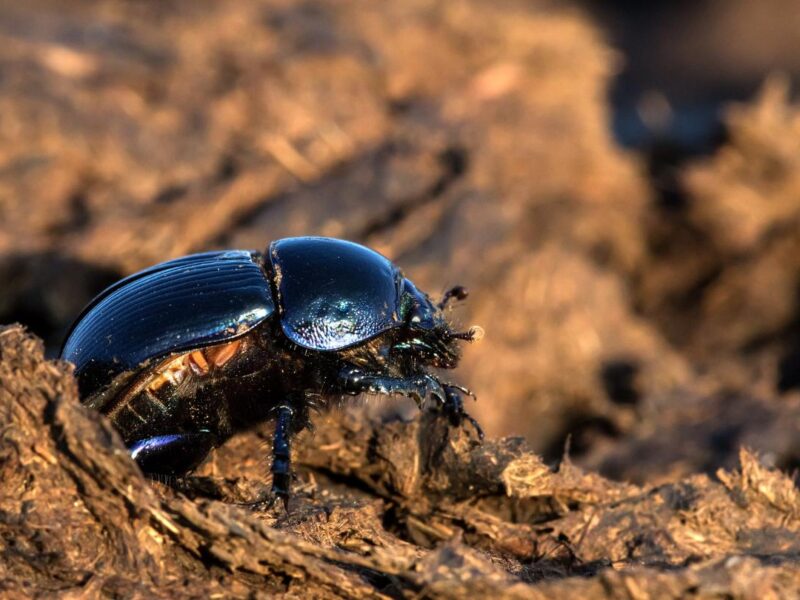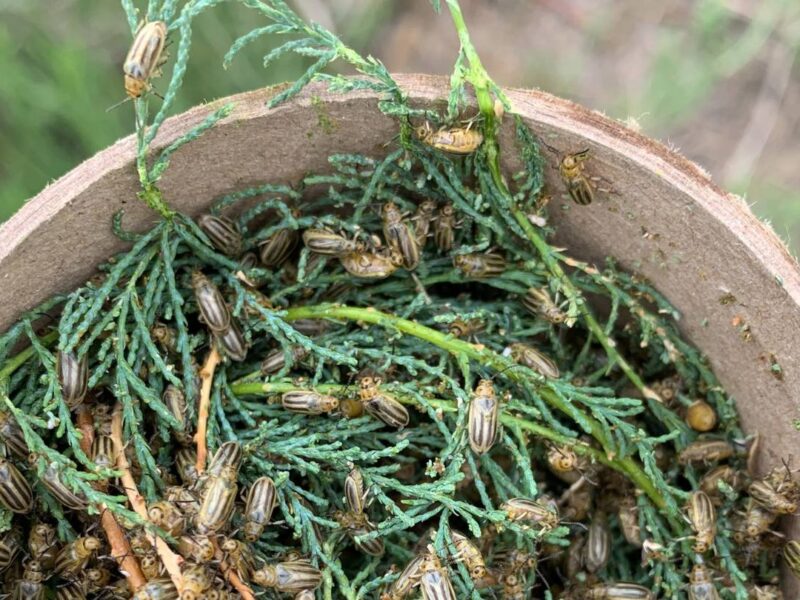Your always open eyes on the range
Using game cameras to understand wildlife movement for conflict reduction
Game cameras can help keep a pulse on wildlife populations and movement within and across your operation. For a group of livestock producers in Southwestern Montana, understanding wildlife movement is a bit higher stakes: the Centennial Valley is a major movement corridor for Grizzly bears venturing out from Yellowstone to find less crowded territories.
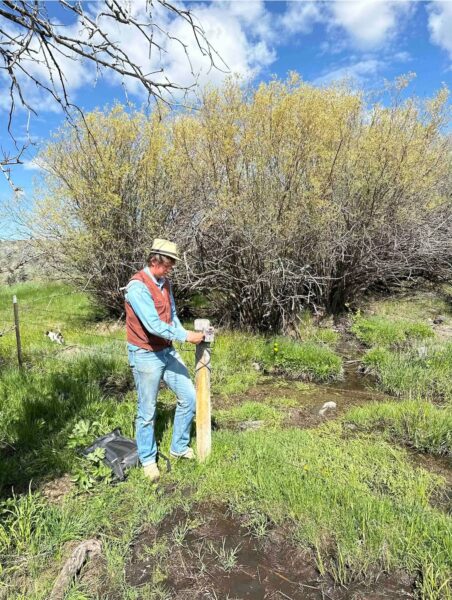
We spoke with Erika Nunlist, the wildlife coordinator for the Centennial Valley Association (CVA). CVA is a landowner-led group that preserves traditional ranching as a way of life, while maintaining open space, water quality and wildlife habitat in the valley. The Centennial Valley is a particularly intact and wild landscape where private, working ranches make up the connective tissue of movement corridors for wolves, elk, grizzly bears and other species.
As a result, the valley is one of a few prime corridors between the Yellowstone population of Grizzlies and the Northern Continental Divide population. Genetic exchange between these populations is important for the long-term viability of the iconic predator. But, with Grizzly bears, connectivity can create chances for conflict. Understanding how and when Grizzlies move through and use the landscape sets the stage for activities that help avoid those conflicts.
To that end, “We’ve been putting game cameras out in the same places for seven years now,” Nunlist told On Land. “You start to see activity patterns and recognize certain individuals. We have bears that come back every year. We also see sows with cubs or bears with collars and ear tags. The game cameras really help us keep a pulse on activity and keep our community informed.”
Just as important as good photos is what you do with the info they provide. Camera data helps range managers adapt grazing patterns and also determine where other conflict prevention tools might be effective.
With all that experience, we asked Nunlist for a few key considerations for getting valuable game camera photos. Focus on travel corridors like roads or game trails, fence lines, water sources, edge habitat (like tree lines), previous locations where you’ve seen animals, and around carcasses, she said. The more of these features you have in one location, the better. “Don’t expect a spot that did well in one season to be great all year long,” Nunlist added. “Wildlife move around throughout the year.”
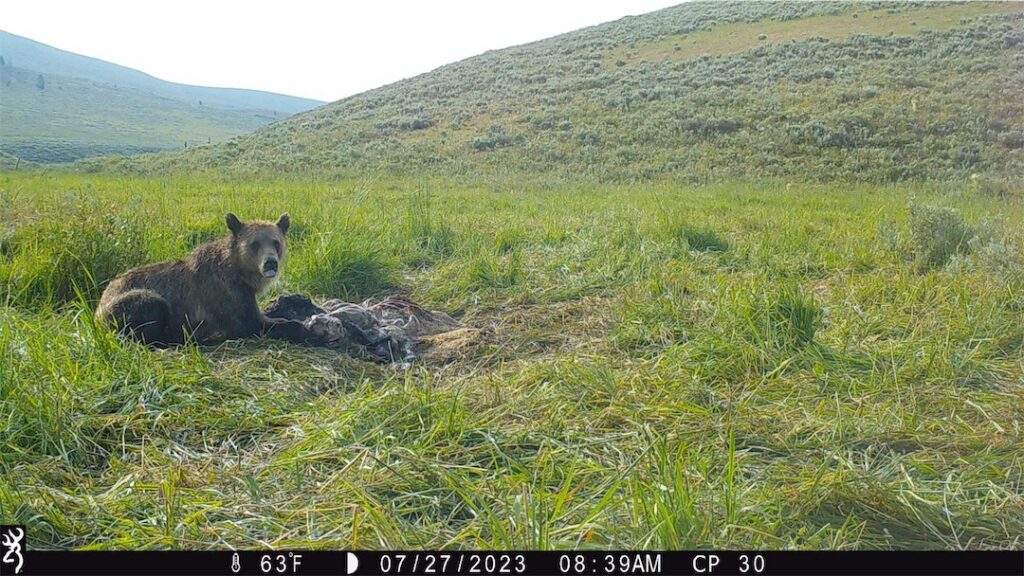
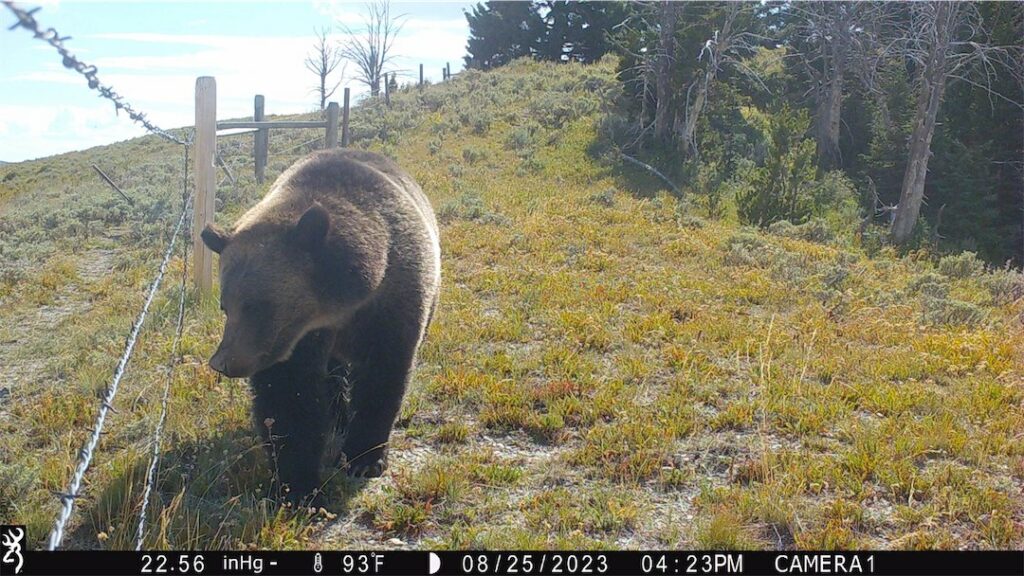
Just as important as good photos is what you do with the info they provide, Nunlist told us. “I use the game camera photos to share information… like where to be careful because the elk are calving, or there was recent bear activity,” she said. Camera data helps range managers adapt grazing patterns and also determine where other conflict prevention tools might be effective. And, with battery life closing in on a full field season in some models, and prices holding steady between $100-$200 for quality features like crisp night photos and HD video, adding them to your operation is more practical than ever.



